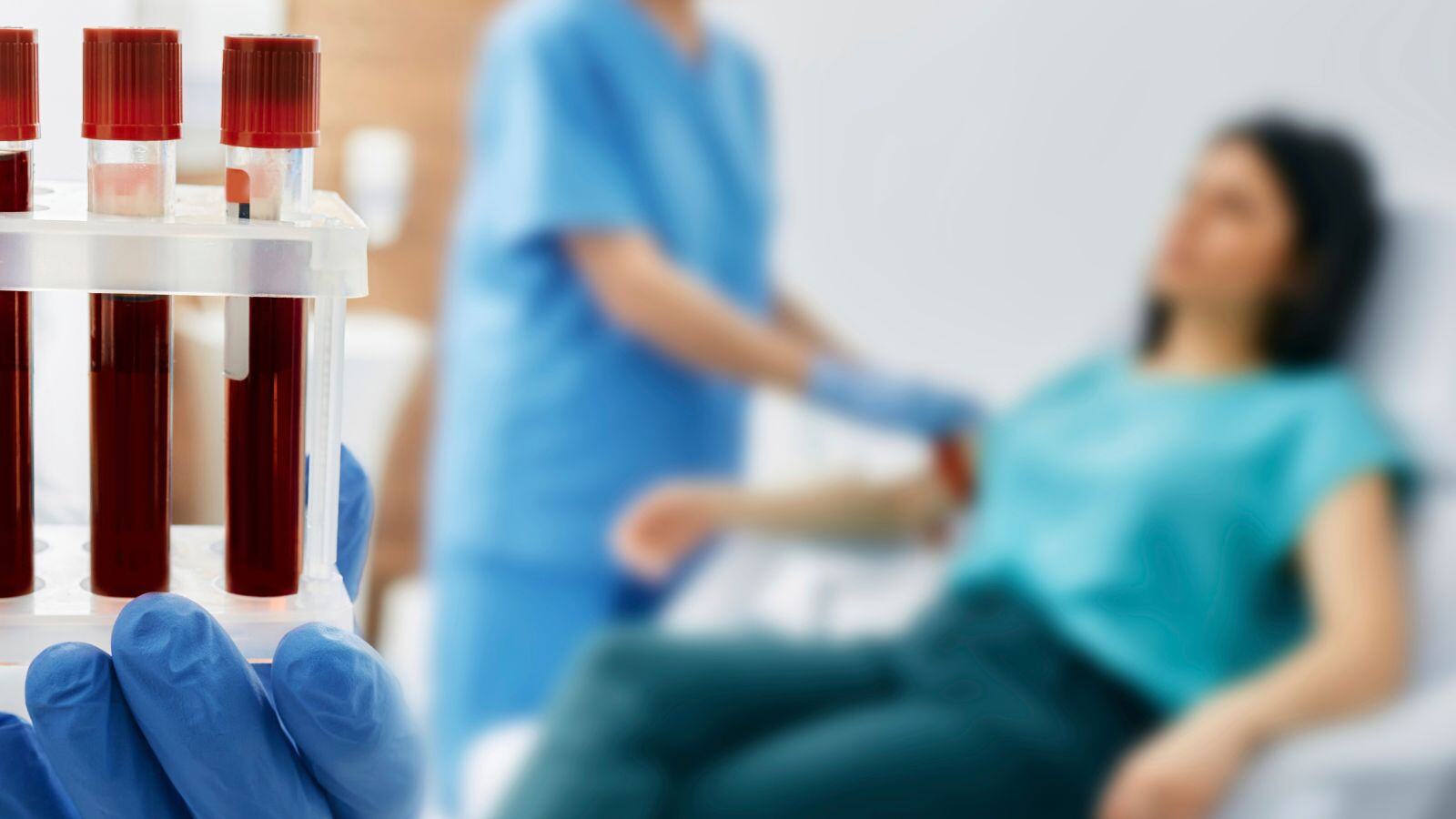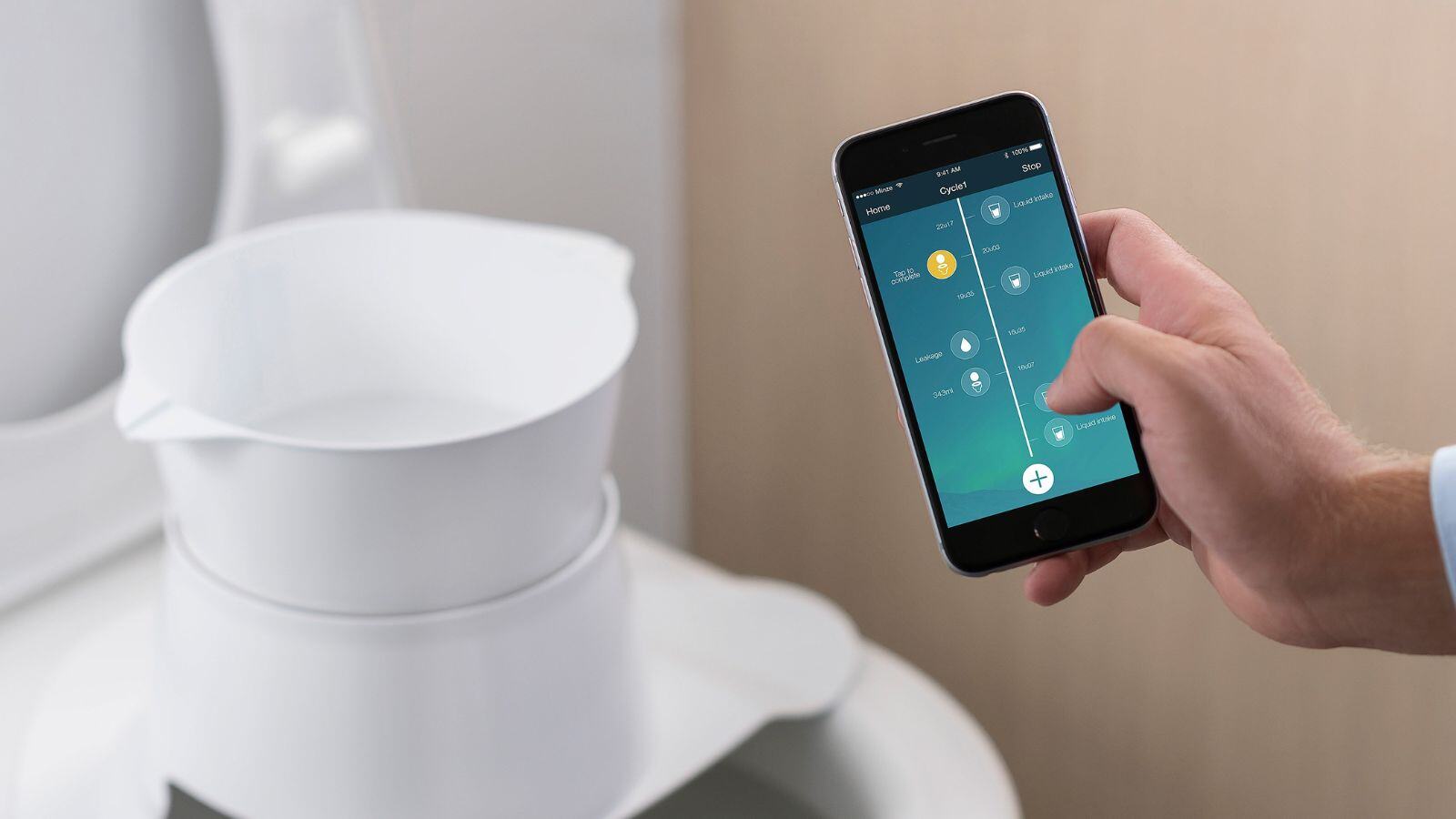To get and maintain market approval in the EU (CE marking under MDR), state-of-the-art (SOTA) literature review is part of the process and mandatory for all medical devices, going from low-risk class I to high-risk class III active, implantable devices.
SOTA literature review is part of the clinical evaluation process of a medical device, which is defined as an ongoing collection, generation, appraisal and analysis of clinical data related to the device. The output of this systematic literature review feeds into the clinical evaluation, risk management and instructions for use (IFU). It also provides relevant input for the design and setup of clinical investigations to ensure collection of sufficient clinical evidence to demonstrate conformity with the general safety and performance requirements (GSPRs) and the benefit-risk acceptability criteria.
A comprehensive, objective and thorough systematic literature review to describe the general SOTA and identify all relevant clinical safety, performance and usability data of the device under evaluation (and/or equivalent device) should comply with strict regulatory guidelines as per EU MDR 2017/745 and MEDDEV 2.7/1 Rev. 4.
In this blogpost, we are sharing our experience on the common gaps and hurdles that manufacturers are facing when undertaking this Systematic Literature Review.
Literature Review: 5 common gaps & hurdles
Poor literature review
Poor literature search strategies and methods are a common ‘gap’ in clinical evaluation. Inappropriate database selection, insufficient search period, inadequate search terms, lack of justification for in- and exclusion criteria, SOTA assessment and weighing of clinical data lead to non-compliance and jeopardizes CE marking of your medical device.
Keep in mind that a well-developed literature review plan can be easily repeated and will save you a lot of time when updating the clinical evaluation (report).
Inconsistency between essential documents
A common flaw is inconsistency between information materials (IFU, user manual, risk management documents), literature review and clinical evaluation documentation particularly with regards to device claims.
Ensure that all documents in the technical file for CE submission are aligned with respect to intended use, indication(s) and patient population as well as to safety, performance and clinical benefit claims.
Input from a clinical expert
Execution of SOTA literature review and the actual writing of the LRP and LRR is often a dedicated task of a medical regulatory writer. To set up solid literature searches according to the high standards of the current regulations and requirements, it is highly recommended to involve a clinical expert in the respective medical domain.
The expert’s input, feedback and advice are key for the selection of relevant key words and the establishment of in- and exclusion criteria. Open discussion and clear communication on the scope of the SOTA before setting up the searches is central to get the LRP and LRR documentation ready at a fast pace.
Underestimating time and budget
Preparation and execution of a literature review takes time. However, a carefully planned literature search will allow you to correctly report on the SOTA from the start and easily reproduce literature review updates throughout the life cycle of the medical device. A qualitative SOTA literature review is indispensable and will pave the way for an efficient clinical evaluation of the device.
For the planning phase, 25 to 30 hours are required at a minimum to carefully define the searches in close collaboration with device experts and to write the LRP. Investing time in the planning and set-up of the searches prevents you from having to do the work over and over again and definitely pays off in the end.
The time required for screening and selection of the output retrieved from the different searches, and for data extraction and appraisal of relevant publications highly depend on the amount of hits in the output and the number of pertinent studies published in the particular medical field.
Analysis and synthesis of the literature data and actual writing of the literature review report is estimated to last another 30-40 hours.
The entire process from start to finish, including interactions between medical writer, clinical expert and manufacturer, can take up to 2-3 months.
Templates compliant to MDR and MEDDEV 2.7/1 rev 4
For start-up companies aiming to get their medical device certified, the preparation of the LRP and LRR and its associated clinical documents might be a daunting task.
To get CE approval, essential documents should comply with the applicable regulations, however, templates for the documentation of the systematic literature and clinical evaluation compliant to MDR and MEDDEV 2.7/1 rev 4 are not readily available from official EU sources.
How can we assist in consolidated SOTA literature reviews?
The SOTA literature review, as part of the clinical evaluation process, is a time-consuming complex process that requires specific reading, writing, and strong analytical skills.
At QbD Clinical, we provide knowledge-based expertise to help you set out the clinical strategy and plan and document the clinical evaluation process throughout the journey of your medical device – from start to finish.
To speed up the preparation of the required documentation and ensure high quality deliverables, a team of regulatory affairs specialists, literature review experts, medical writers, medical advisors and project managers work closely together.
Take advantage of the multi-disciplinary expertise of QbD Clinical to speed up and deliver an MDR compliant SOTA literature review and clinical evaluation in an efficient way.
Our services at a glance:
- Gap analysis of SOTA literature review and clinical evaluation documents
- Systematic literature reviews – literature review plan and report
- Regulatory Medical Writing – CEP, CER, PMS plan and report, PMCF plan and report, PSUR
- Clinical medical writing – CIP and CIR
- Advise in clinical strategy
- Operational management of pre-and post-market clinical investigations and PMCF surveys
For help with any of the above, QbD Clinical can provide a solution. Our medical writers are determined to go the extra mile to serve your needs. Don’t hesitate to contact us.







.png?width=109&height=108&name=Pharma%20(2).png)
.png?width=111&height=108&name=Medical%20Devices%20(2).png)
.png?width=84&height=107&name=IVD%20(2).png)


.png)





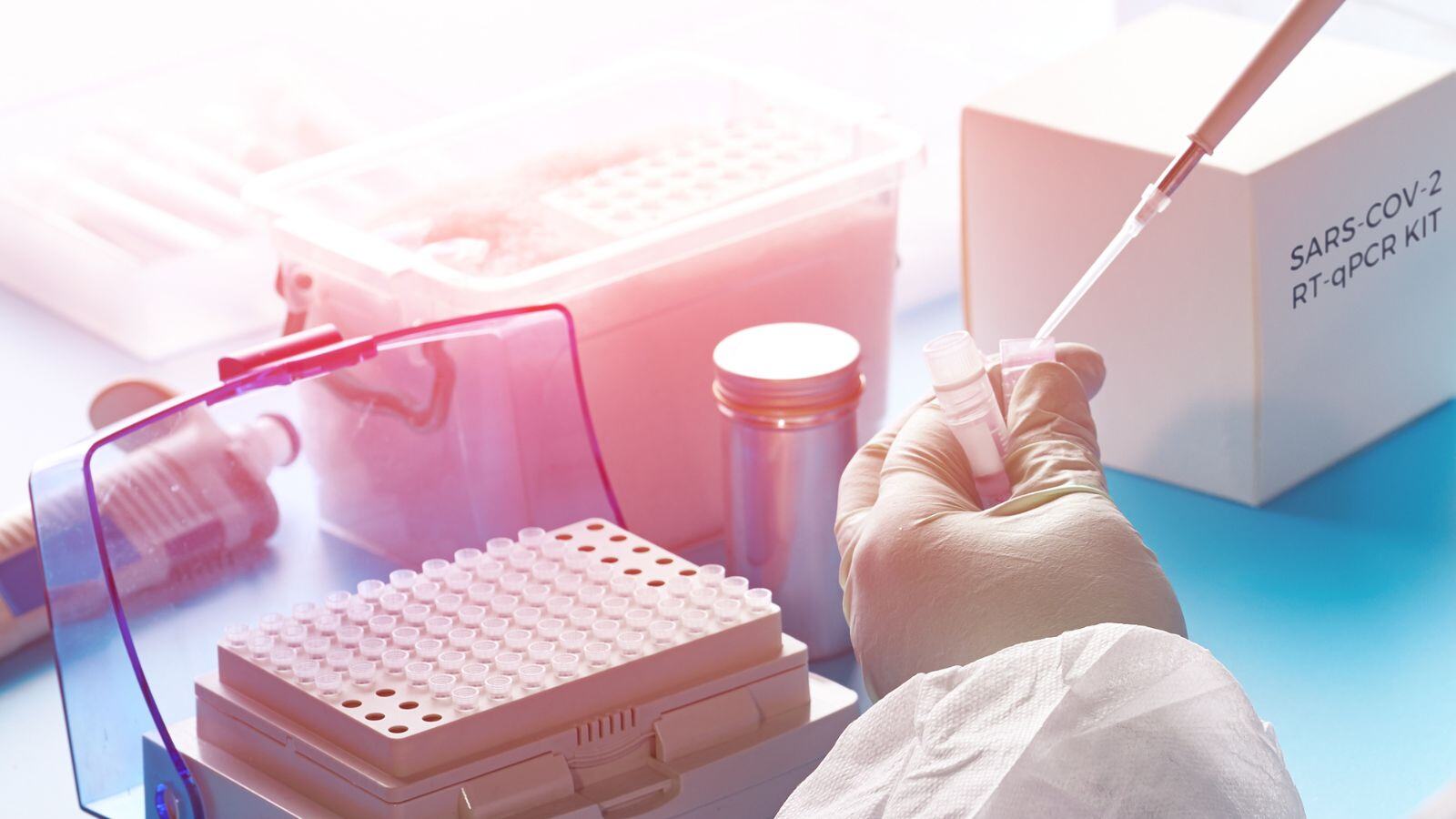


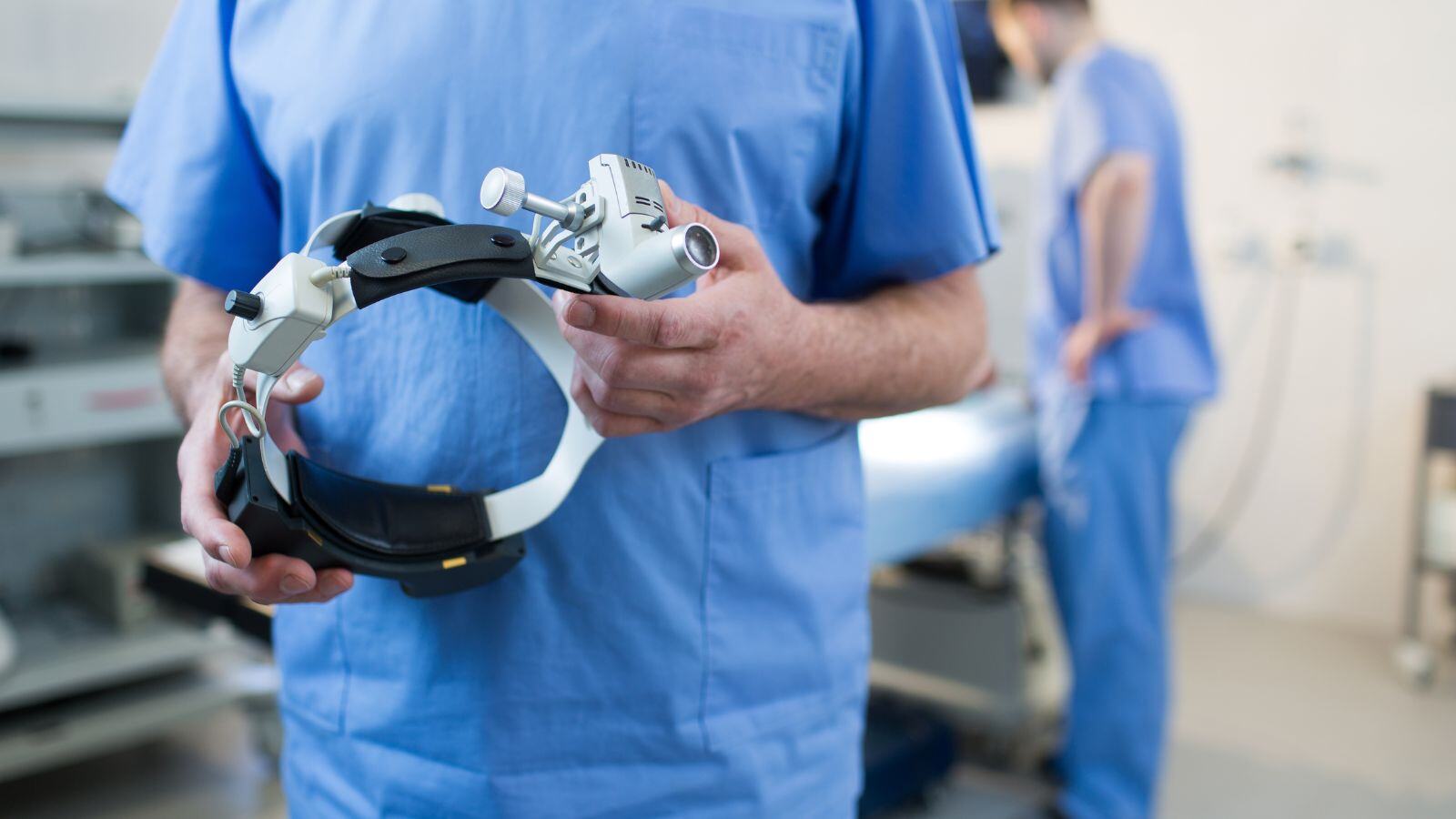
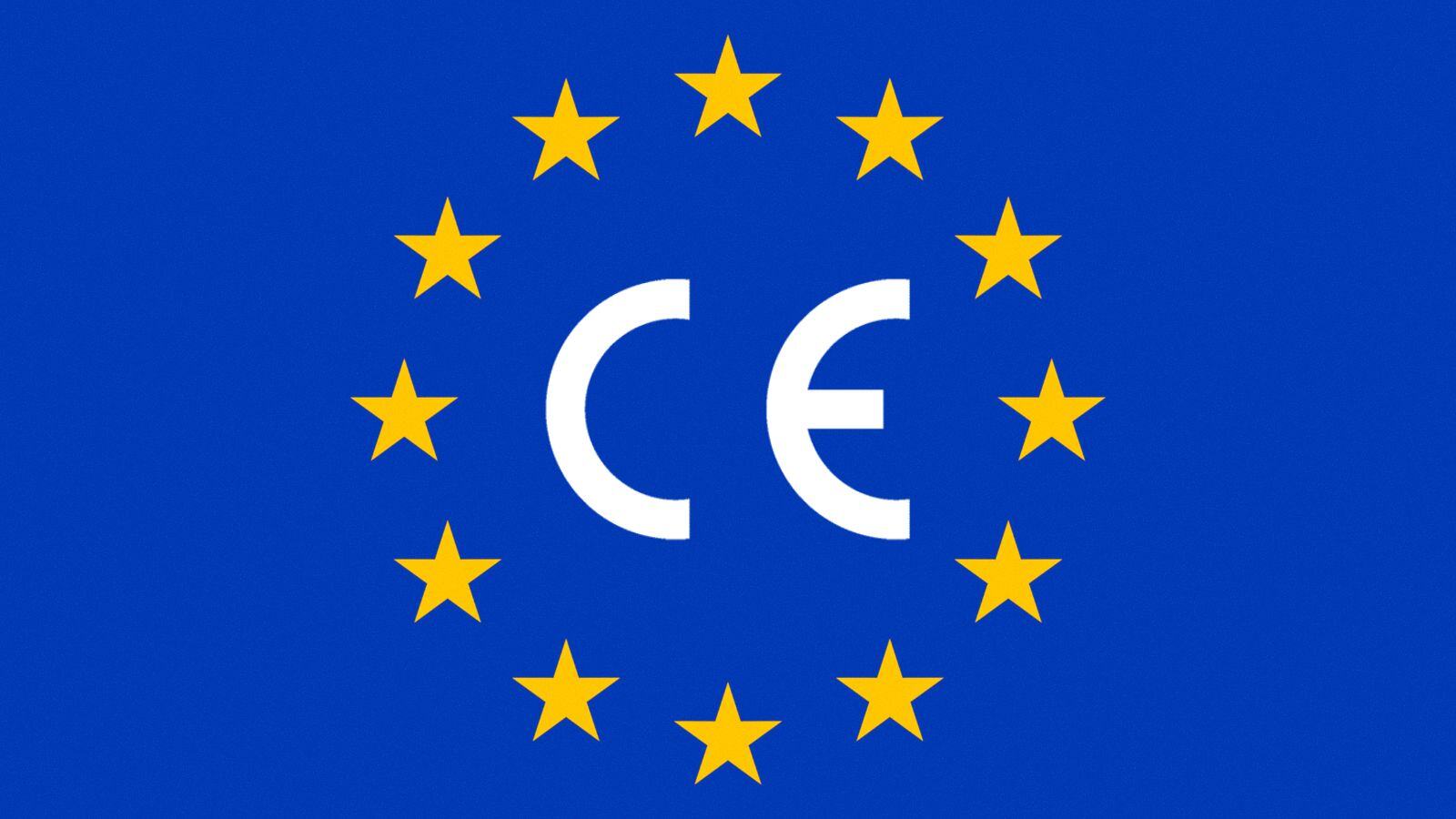
.jpg)

